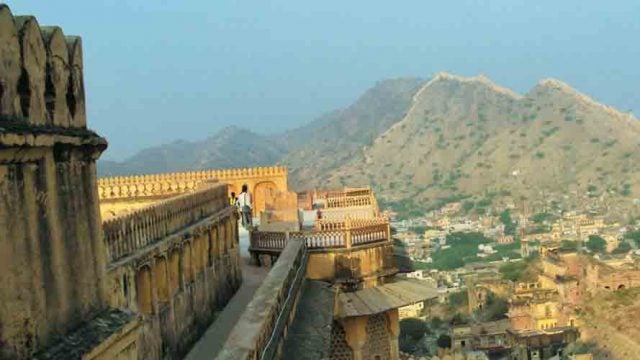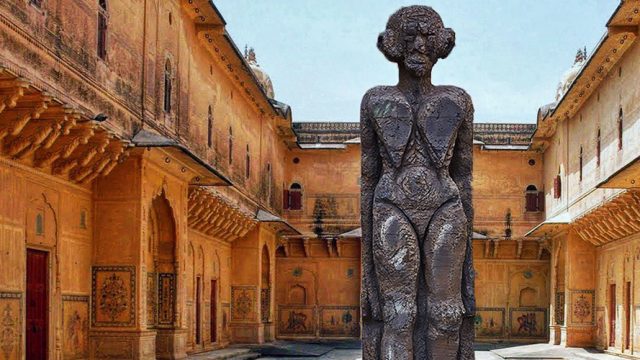The Madhavendra Palace at Nahargarh Fort was built by Maharaja Sawai Madho Singh II as his pleasure
Admission: ₹50 (Indian), ₹200 (foreign national); open 10 am to 5.30 pm all days
Sculpture Park
Rajasthan
Jaipur

The royal corridors of the famously named ‘Pink City’ offer up a plethora of adventures and activities that make for a memorable holiday experience. Head to Jaipur now!

In a first-of-its-kind effort, Rajasthan govt. announces the launch of a contemporary art space within the Nahargarh Fort grounds